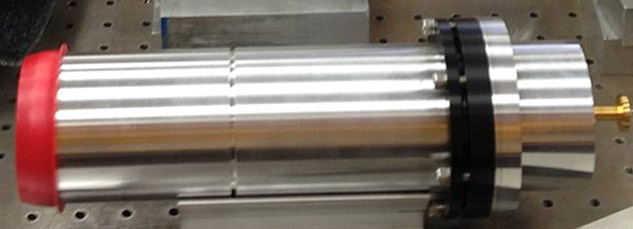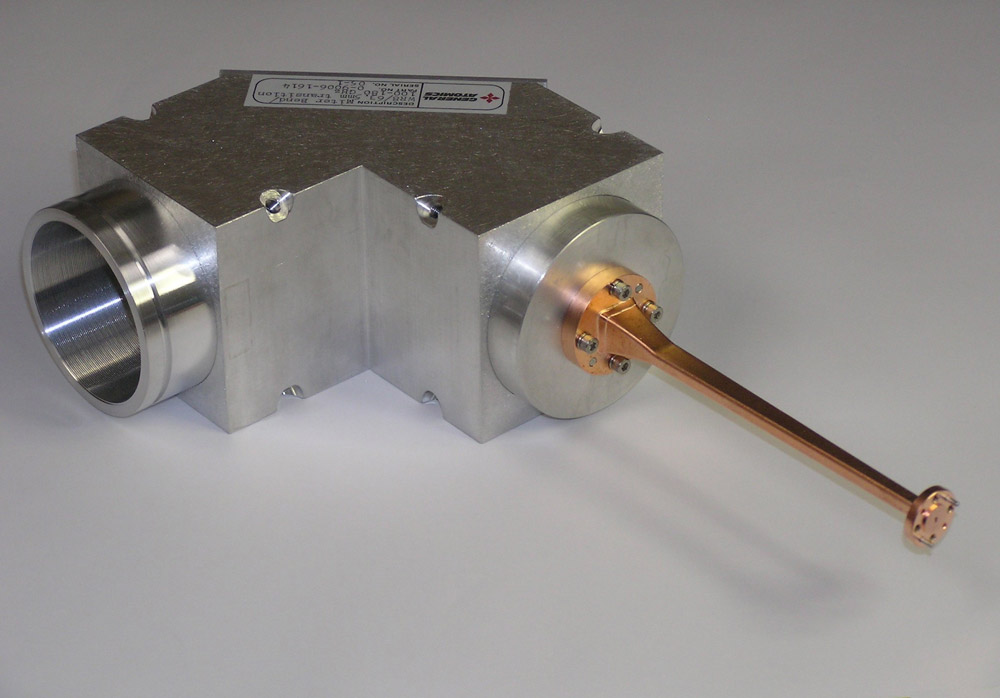Transitions from Fundamental Rectangular Waveguide
Transitions from fundamental rectangular waveguide to corrugated waveguide are often required at the end of a low-loss corrugated waveguide transmission line. The transition then connects the transmission line to low-power instrumentation.
General Atomics supplies such transitions in three basic types:
1) mode converter/taper
2) corrugated horn/collimating lens
3) miter bend types
Mode converter/taper types have the highest output HE11 mode purity (typically >99%) and can have wide bandwidths, such as 110-140 GHz. Corrugated horn/collimating lens types typically have about 95% output HE11 mode purity and can operate over similar bandwidths. Miter bend types have about 90% output HE11 mode purity over very wide bandwidths, such as 50-100 GHz or 100-180 GHz.
Contact
James AndersonHead of RF Technology, MFE Division
andersonjp@fusion.gat.com
Zabrina Johal
Senior Director of Strategic Development
Zabrina.Johal@ga.com

